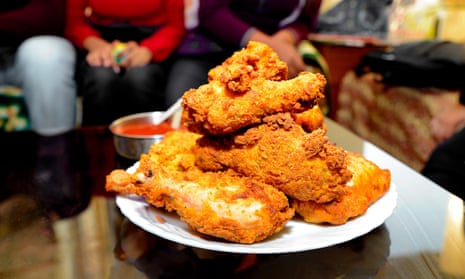Obesity is fast becoming “a disease of England’s poorest people”, putting them at higher risk of dying from the biggest killer diseases, a new report from the King’s Fund warns.
There is a stark and widening gap between the number of people from deprived families who are dangerously overweight and those from better-off backgrounds, and the difference is particularly pronounced among women, the thinktank says.
Boris Johnson has identified tackling obesity as a key objective after realising how dangerous it can be when he was hospitalised last year with Covid. Sir Simon Stevens, the head of NHS England, has sounded the alarm about rising obesity, describing it as “the new smoking” for its potential to harm public health.
“Obesity is increasingly a disease of the poorest people, and is damaging the life chances of children in the poorest parts of England, and increasingly as they go into adulthood,” said Richard Murray, the King’s Fund’s chief executive. “The failure to grip the growing obesity crisis in poor parts of England will condemn people to a higher chance of diabetes, heart disease and some cancers. It will inflict an increasing burden on them as individuals, and on the NHS.”
The thinktank highlights “a significant increase in obesity in the most deprived communities in England in recent years, leading to a widening gap between poor and affluent areas.” For example, the gap in rates of obesity among women in the most- and least-deprived areas grew from 11% in 2014 to 17% in 2020.
The gap has worsened among children, too. The difference in obesity rates between the poorest and richest 10- and 11-year-olds in primary schools increased from 8% in 2006-07 to 13% in 2019-20, data from the national child measurement programme shows.
Murray said this underlines the need for government to tackle “deep and widening inequalities, which the pandemic has exposed” as part of its declared aims of “levelling-up” and “building back better” after Covid, and efforts to reduce obesity in poor areas will be a key test.
A government spokesperson said: “We are absolutely committed to levelling up health inequalities across the country as part of our recovery from Covid-19. Through our obesity strategy and the recently announced ban on advertising of unhealthy foods we are taking concrete steps to get the nation fit and healthy and protect the long-term health of our children.”
